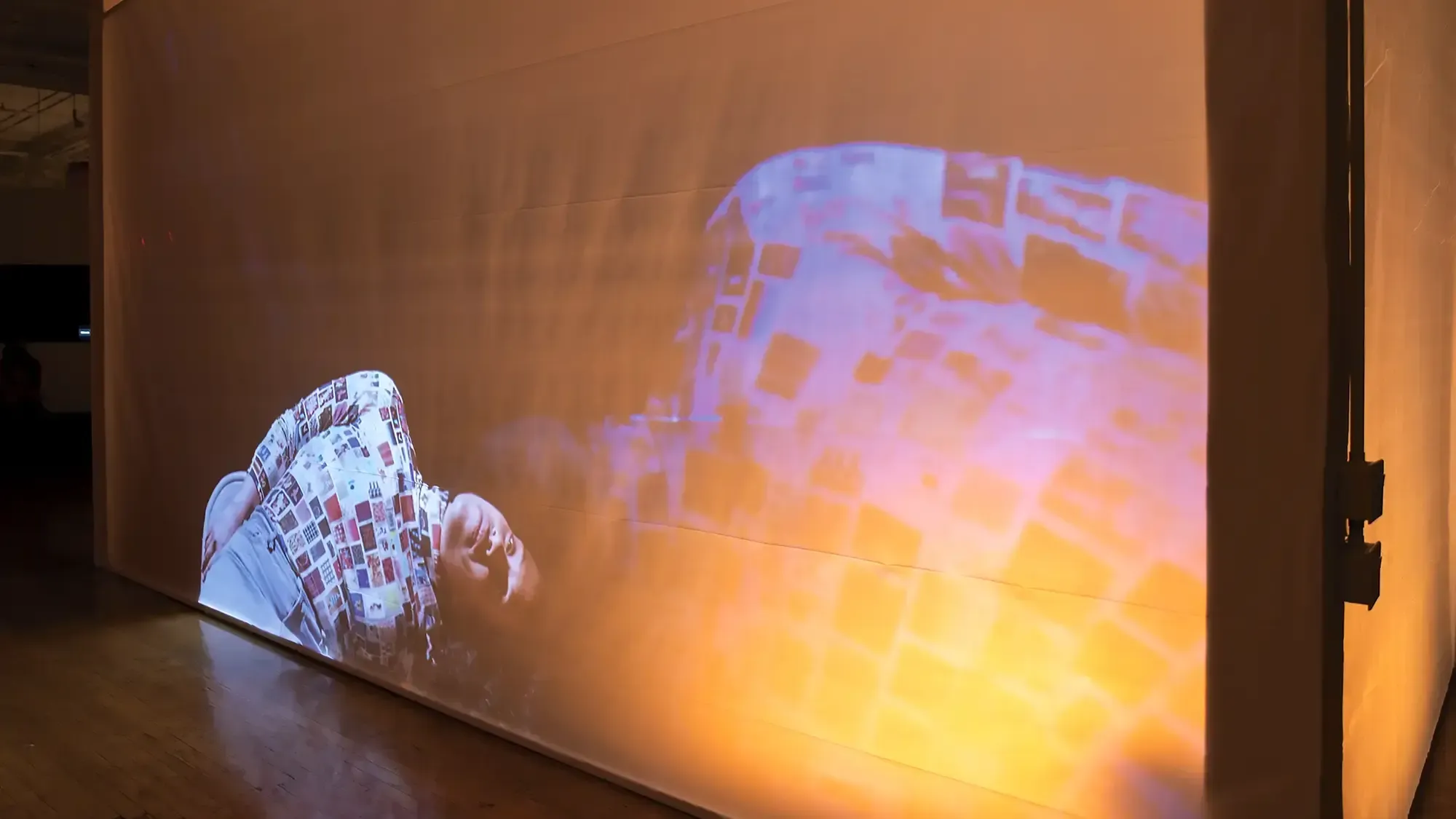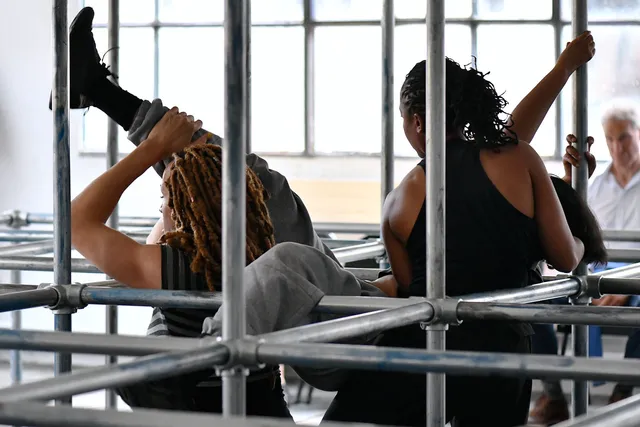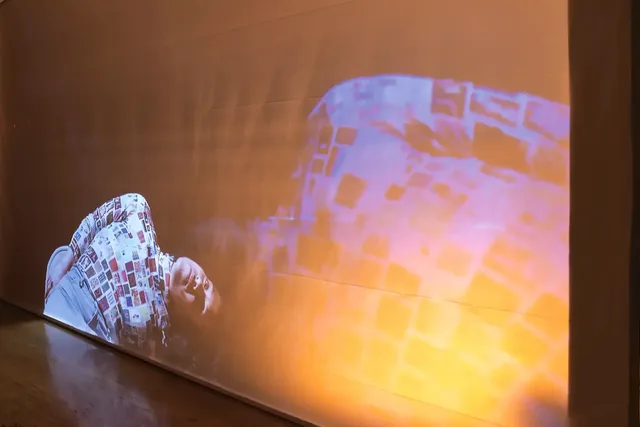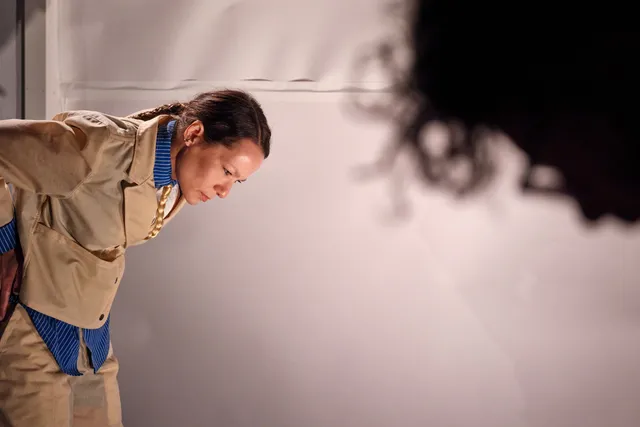
Ephemeral Organ
Ephemeral Organ is a series of residencies, performances, and talks by artists whose work explores choreography and bodily motion as technologies for transmitting memory, history, and Black lived experience. Each artist simultaneously navigates the ever-shifting nature of live performance and the urge to retain, return to, and generate traces of the past.
The word ephemeral suggests short-lived objects, activity that leaves residual evidence, and brief but intense durations. Archival materials not designed to be preserved but which are still potently present are often called ephemera. The word organ hints at the body and its parts, a series of interior vessels and chambers which intimately order—or organize—our modes of living. In dance and performance, bodies are often understood as having inherent archiving functions. Archives are spaces of public record, systems which give purpose to what we want to keep; our bodies hold experience, gain knowledge, recall behaviors, track gestures, and mediate infinite possible actions each time they move.
Interpreting archival materials, mining family memories, recording movement through technology—each Ephemeral Organ project holds past and present side by side, inseparably. Each of the artists has developed distinct choreographic devices through which performers can compose history through their bodies and which allows them to generate, keep, and even at times lovingly lose, a bodily record of their actions.
The series begins with residencies and talks in the fall of 2024, including with artists SHAWNÉ MICHAELAIN HOLLOWAY and collaborative duo Katherine Simóne Reynolds and A.J. McClenon, as well as series curator Tara Aisha Willis.
On April 17–18, 2025, using EMPAC’s spaces simultaneously like a series of chambers, the series culminated in the Ephemeral Organ Festival—a weekend of performance, installation, and artist talks, including with Leslie Cuyjet and Steffani Jemison.
Main Image: Leslie Cuyjet, With Marion, The Kitchen, 2023. Courtesy of artist. Photo: Walter Wlodarczyk.
EMPAC Fall 2024
Season
EMPAC 2024 FALL is made possible by Rensselaer Polytechnic Institute. EMPAC’s programs are made possible by the New York State Council on the Arts with the support of the Office of the Governor and the New York State Legislature.







